Wastewater consists of liquid and solid wastes from domestic residences, commercial properties, industrial plants and agricultural facilities. Wastewater contains a variety of pollutants in various concentrations and therefore needs to be properly treated or the wastewater will be a hazard to public health and the environment.
Wastewater is characterized based on its physical, chemical and biological composition. Wastewater characteristics vary by industry and the specific characteristics will determine the treatment technology used to meet the requirements for compliance with discharge standards.
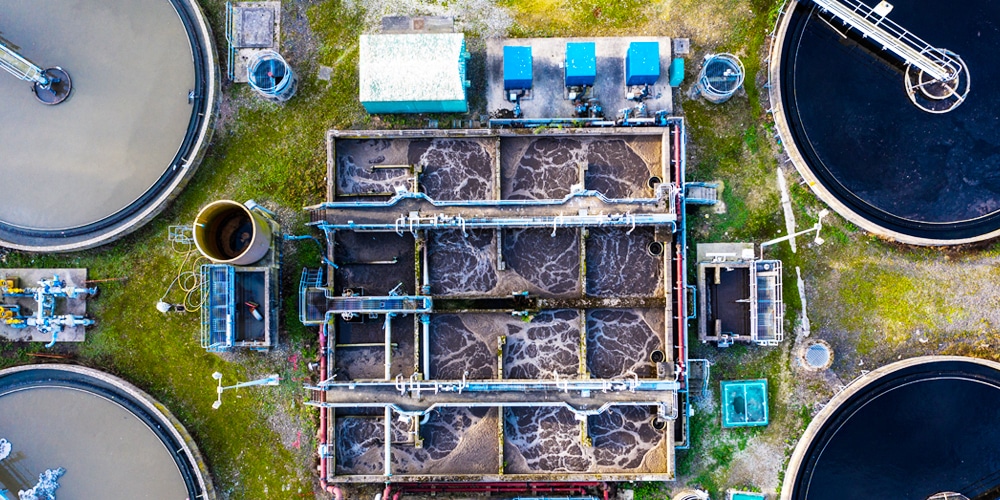
Physical characteristics of wastewater
- Color: Fresh wastewater is usually brown and pale yellow, but turns black over time
- Suspended solids(TSS): These are insoluble solids suspended in the liquid and visible to the naked eye
- Turbidity: the turbidity of wastewater can be high due to the presence of suspended solids
- Temperature: The temperature of the wastewater will be higher due to more biological activity
- Odor: The wastewater may have an unpleasant odor due to the reaction of various components
Chemical properties of wastewater
- Chemical Oxygen Demand (COD): This is a measure of the amount of organic matter in the wastewater based on the oxygen required to oxidize it
- Total Organic Carbon (TOC) – TOC is a measure of the carbon in organic material
- Nitrogen: it is measured in different forms: nitrite, nitrate, ammonia and organic nitrogen (the amount of nitrogen in organic compounds)
- Phosphorus: it is usually measured in its mineral and organic forms, total phosphorus
- Chlorine (Cl-)
- Sulfate (SO4-2)
- Heavy metals
- Mercury (Hg)
- Arsenic (As)
- Lead (Pb)
- Zinc (Zn)
- Cadmium (Cd)
- Copper (Cu)
- Nickel (Ni)
- Chromium (Cr)
- Silver (Ag)
Wastewater biological parameters
- Biochemical Oxygen Demand (BOD) – BOD is the amount of oxygen required to stabilize organic matter using microorganisms.
- Oil and grease – mainly from food waste and petroleum products
- Microorganisms in wastewater – Wastewater contains the following:
- microorganisms
- Bacteria
- Protozoa
- Algae
- Viruses
- Rotifers
- nematodes
How to Manage and Treat Wastewater Effectively?
After understanding the sources and impacts of wastewater, it is crucial to implement appropriate treatment methods, such as:
- Primary Treatment: Sedimentation, screening to remove large particles
- Secondary Treatment: Biological treatment to degrade organic pollutants
- Tertiary Treatment: Advanced filtration, disinfection to meet discharge standards
- Source Reduction: Minimizing pollutant discharge through sustainable practices
Wastewater Treatment Technology Overview
Wastewater treatment technologies are usually divided into three main categories: physical, chemical and biological treatment, and different treatment methods can be selected according to the characteristics of the wastewater. The following are some common treatment methods and related equipment:
Physical Treatment Technology
Physical treatment methods remove suspended solids, particles and other impurities from wastewater mainly by physical means. Common physical treatment methods include:
- Sedimentation: The solid particles in wastewater are settled by gravity. It is suitable for removing large particle pollutants.
- Filtration: removes suspended particles from the water using a screen or filter cloth. Commonly used to further purify water after secondary treatment.
- Related equipment:
- Filter press: Used for separation of solids and liquids, commonly used for sludge dewatering and separation of suspended solids in wastewater.
- Filter: Filter suspended solids through different pore sizes of filter membrane, commonly used in drinking water and wastewater pre-treatment.
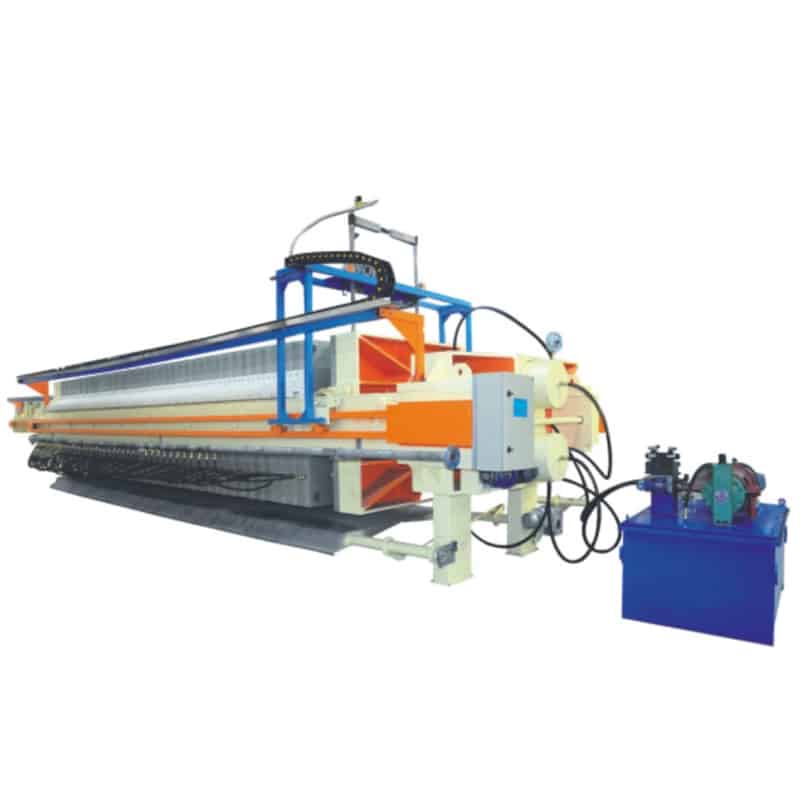
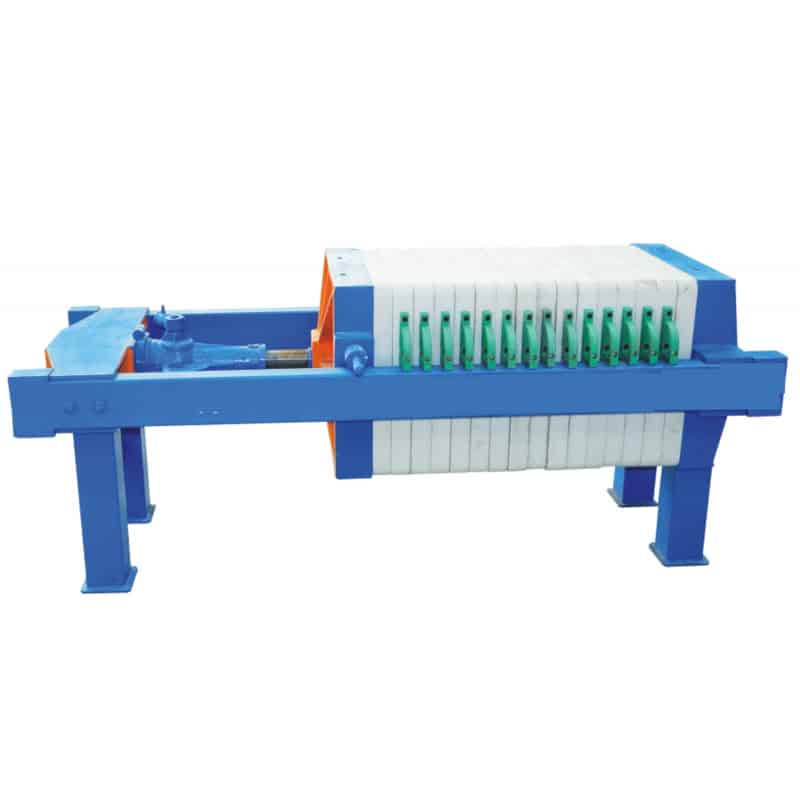
Chemical Treatment Technology
Chemical treatment methods modify the characteristics of pollutants in wastewater by adding chemicals to promote their precipitation, oxidation, or neutralization. Common chemical treatment methods include:
- Coagulation and flocculation: the use of coagulants (e.g., aluminum salts, iron salts) to cause small particles to aggregate into larger particles for easy removal by settling.
- Redox reactions: using oxidizing agents (e.g. chlorine, ozone) to remove harmful substances from wastewater.
- Related equipment:
- Dosing system: used to accurately measure and dose chemicals, commonly used in processes such as coagulation, flocculation and phosphorus removal.
- Ozone generator: For disinfection of wastewater and oxidative degradation of organic pollutants.
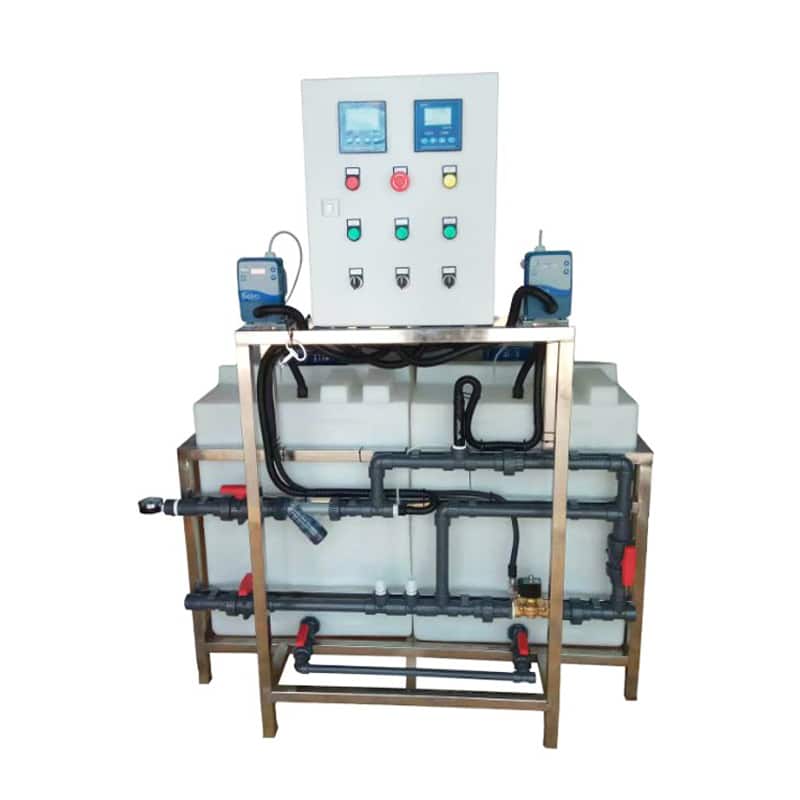
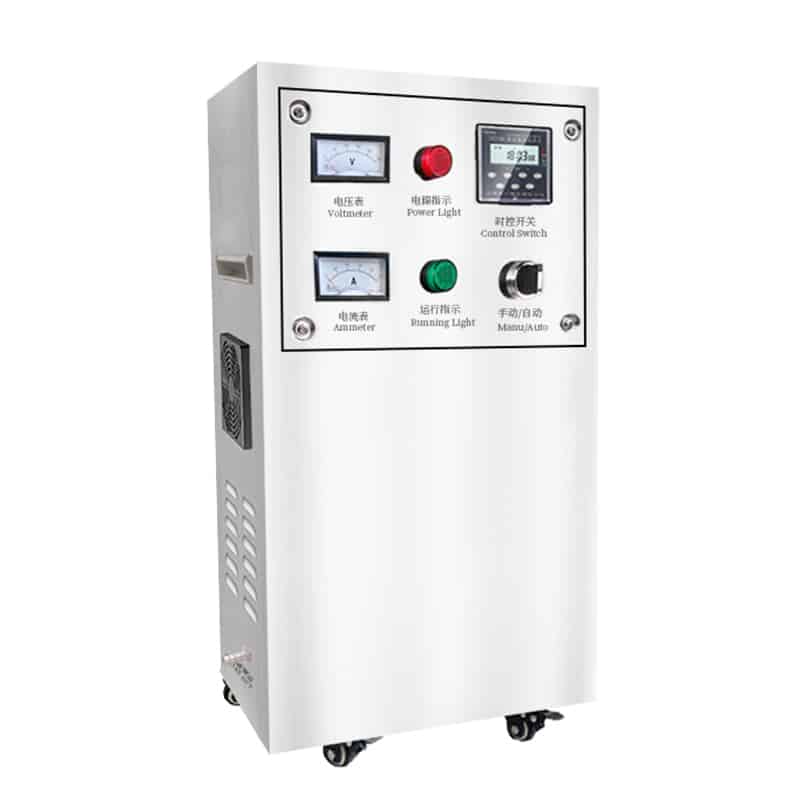
Biological Treatment Technology
Biological treatment utilizes microorganisms to break down organic matter and is suitable for treating wastewater rich in organic pollutants. Common biological treatment methods include:
- Activated sludge method: utilizes microorganisms in activated sludge to decompose organic pollutants in water, widely used in municipal wastewater treatment.
- Biofilter: utilizes microorganisms to degrade pollutants in wastewater through microorganisms attached to the filter media.
- Related equipment:
- SBR reaction tank: batch activated sludge method reaction tank, suitable for intermittent sewage treatment.
- Biofilm reactor: used for biological treatment with high water quality requirements, can effectively remove organic matter and nitrogen and phosphorus.
Summary
GL Environment’s extensive water and wastewater treatment experience as an integrated supplier to the water treatment industry can help you adapt your industry’s specific applications with the appropriate treatment methods.
Our Apure brand water quality monitoring instruments provide continuous and accurate measurement of various wastewater parameters, as well as customized IOT solutions for water quality monitoring to aid intelligence. KUOSI, a brand of water treatment equipment under GL Environment, supplies wastewater screens, dissolved air flotation units, polymer preparation systems, filter presses, volute screw presses, sodium hypochlorite generator systems and more, feel free to contact us for equipment quotes or consulting solutions.
